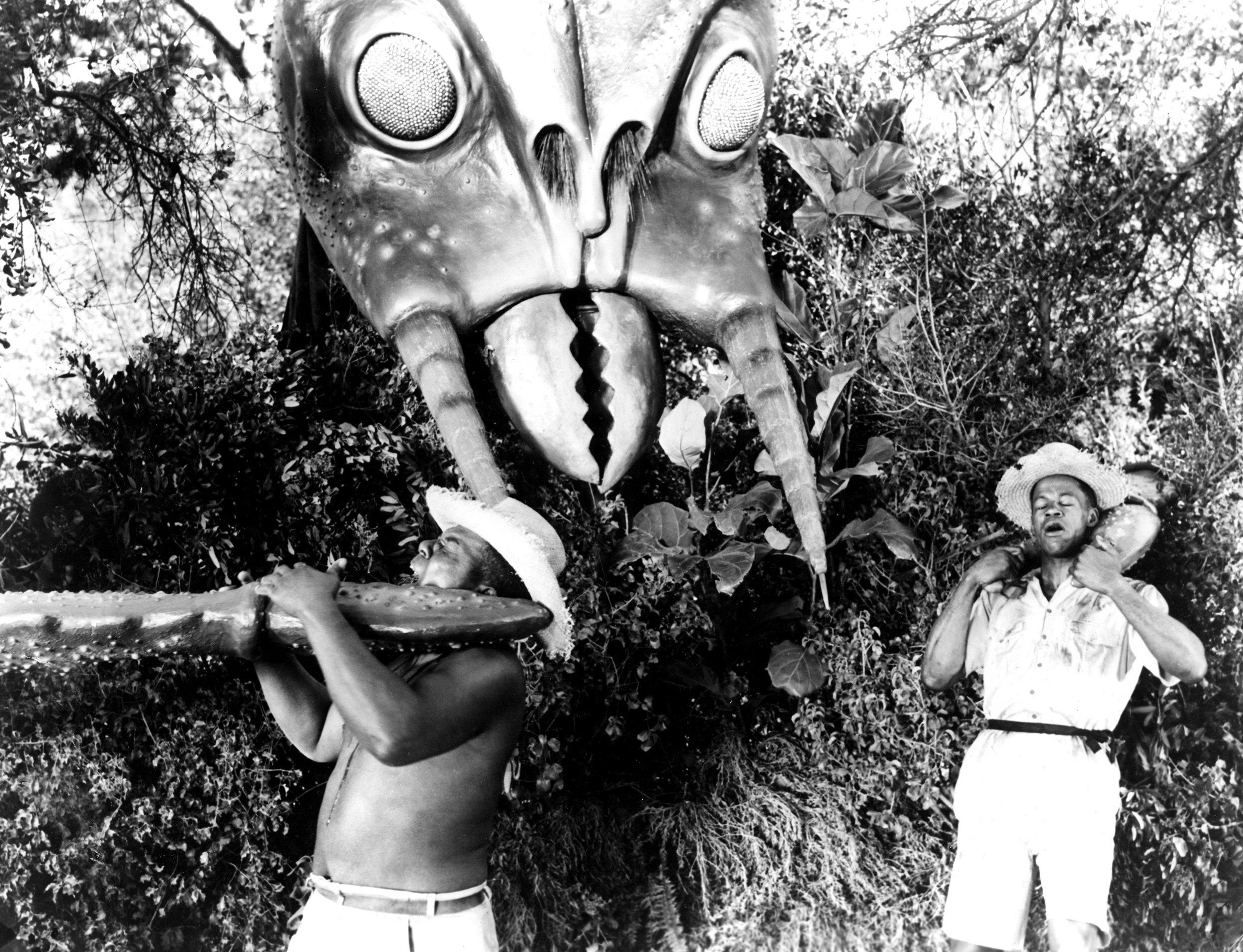
Posted on 04/05/2025 9:29:11 AM PDT by Red Badger

Holotype of Sirenobethylus charybdis. Credit: Qiong Wu
*****************************************************************************
A 99-million-year-old wasp species used a Venus flytrap-like abdomen to capture prey and may represent a new insect family, revealing unexpected diversity in ancient parasitoid behavior.
An extinct lineage of parasitic wasps from the mid-Cretaceous period, preserved in amber, may have used a Venus flytrap-like abdomen to capture and immobilize their prey. According to research published in BMC Biology, fossils of the species Sirenobethylus charybdis, named after the sea monster from Greek mythology known for swallowing and regurgitating water, are approximately 99 million years old and may represent an entirely new family of insects.
The physical characteristics of S. charybdis suggest it was a parasitoid: an insect whose larvae develop inside a host, ultimately killing it. While modern parasitoids in the superfamily Chrysidoidea include groups like cuckoo wasps and bethylid wasps, S. charybdis exhibits a distinctive vein pattern in its hind wings. This unusual feature indicates it may belong to a previously unknown family, proposed as Sirenobethylidae.
Detailed Analysis Through Advanced Imaging
Taiping Gao, Lars Vilhelmsen, and colleagues from the Capital Normal University, China, and the Natural History Museum of Denmark used Micro-CT scanning to analyse 16 female S. charybdis specimens preserved in amber dated to 98.79 million years ago. These specimens were collected from the Kachin region in northern Myanmar. They find the species was likely to have been a koinobiont — a parasitoid which allows its host to continue growing while feeding on it.
The wasp specimens have an abdominal apparatus comprised of three flaps, the lower of which forms a paddle-shaped structure with a dozen hair-like bristles, visually reminiscent of a Venus flytrap plant. The authors note the abdominal apparatus of S. charybdis is unlike that of any known insect, and may have served as a mechanism to temporarily restrain the host during egg-laying. As the wasp was likely unable to pursue prey over long distances, they speculate that it would have waited with the apparatus open for a potential host to activate its capture response.
The authors believe the elaborate grasping apparatus allowed S. charybdis to target highly mobile prey such as small, winged, or jumping insects. The preserved specimens suggest that Chrysidoidea displayed a wider range of parasitoid strategies in the mid-Cretaceous period than their present-day counterparts.
Reference:
“A cretaceous fly trap? remarkable abdominal modification in a fossil wasp”
by Qiong Wu, Lars Vilhelmsen, Xiaoqin Li, De Zhuo, Dong Ren and Taiping Gao, 27 March 2025, BMC Biology.
DOI: 10.1186/s12915-025-02190-2
PinGGG!.........................
I like big butts and I cannot fly!.................
Mothra.
New ?
Buggy in the butt
Buggy in the butt..
A waspadactyl?
Note to self. If I ever invent a time machine, do not go to this time period.

Is it edible?


Thanks for the link.
“Oh sting, where is thy death?”

I'm not dead, yet!!!
“Is it edible?”
In Soviet Russia, food eats you!
When the show “The Walking Dead” came out I did some research on real “zombies”. There are numerous animals and insects that can turn other animals into something like zombies.
One of them is a wasp that stings a spider - and the spider will spin a nest for the wasp of the wasp’s design! The spider never having built a nest/web like it before. I forget, but I imagine the spider dies afterwards. I thought that wasp was what the headline was about.
In some respects, rabies if not treated in humans is sort of a “zombie” reaction. Fear of water. (Which would dilute the virus).
Disclaimer: Opinions posted on Free Republic are those of the individual posters and do not necessarily represent the opinion of Free Republic or its management. All materials posted herein are protected by copyright law and the exemption for fair use of copyrighted works.